The Prelude to Chaos
In late September 1975, just 18 months after the assassination of Spanish Prime Minister Carrero Blanco by ETA, a violent protest erupted in Lisbon against the death sentences of two ETA members and three from FRAP. This historical essay by Manuel Castelo-Branco reveals how precious items were stolen, paintings and books were burned, marking a dark chapter in Portugal's revolutionary period.
 At least 22 artworks loaned from the Prado Museum vanished that night, including 'Adoration of the Shepherds' by Juan Pantoja de la Cruz and six paintings by Luca Giordano.
At least 22 artworks loaned from the Prado Museum vanished that night, including 'Adoration of the Shepherds' by Juan Pantoja de la Cruz and six paintings by Luca Giordano.
Escalating Tensions and International Outcry
By 1975, ETA had become a highly violent organization, leading to a hardened response from the Franco regime. The military tribunal in Burgos condemned the five terrorists to death, sparking international protests across Europe, from Copenhagen to Rome, and even drawing comments from Pope Paul VI. In Portugal, the revolutionary climate was ripe for chaos, with the PCP and far-left groups dominating the streets and the government of Pinheiro de Azevedo under siege.
The Invasion Unfolds
Despite requests for protection from Spanish Ambassador Antonio Poch to President Costa Gomes and Foreign Minister Melo Antunes, no adequate security was provided. The RALIS regiment, ordered to protect the embassy, refused to act, citing ideological reasons. On the night of September 26, a crowd, incited by broadcasts from Rádio Clube Português and Rádio Renascença, stormed the Spanish Embassy at Palácio Lima Mayer.
 Protesters scaled the façade, broke first-floor windows to enter, and began throwing contents into the street, where a fire quickly spread.
Protesters scaled the façade, broke first-floor windows to enter, and began throwing contents into the street, where a fire quickly spread.
Destruction and Looting
The mob, described as a mix of Portuguese, Spanish, Chileans, Cubans, and other international revolutionaries, engaged in systematic destruction and theft. They looted silverware, gold candelabras, and burned valuable paintings, rare books, and Flemish tapestries. In the gardens, neoclassical statues were toppled, and in the chapel, silver crucifixes and Christ figures were stolen. The FRAP flag replaced the Spanish one, and cars, including a Mercedes, were set ablaze.
Aftermath and Consequences
It was only after 4:30 AM that the Agrupamento Militar de Intervenção (AMI) arrived, firing shots into the air to disperse the crowd and allow firefighters to prevent the blaze from spreading. The attack extended to the Spanish consulate in Porto, which was also ransacked and set on fire. The Portuguese state later compensated Spain with 1 million contos (over €160 million today), and full restoration of the embassy was completed in 1978.
 The assault was particularly costly for Portuguese taxpayers, with compensation amounting to what is now over 160 million euros.
The assault was particularly costly for Portuguese taxpayers, with compensation amounting to what is now over 160 million euros.
Diplomatic relations were suspended, borders closed, and embassy staff families evacuated to Madrid. This event occurred just 52 days before Franco's death and 57 days before the November 25 counter-coup in Portugal, highlighting its significance in the transition periods of both nations.



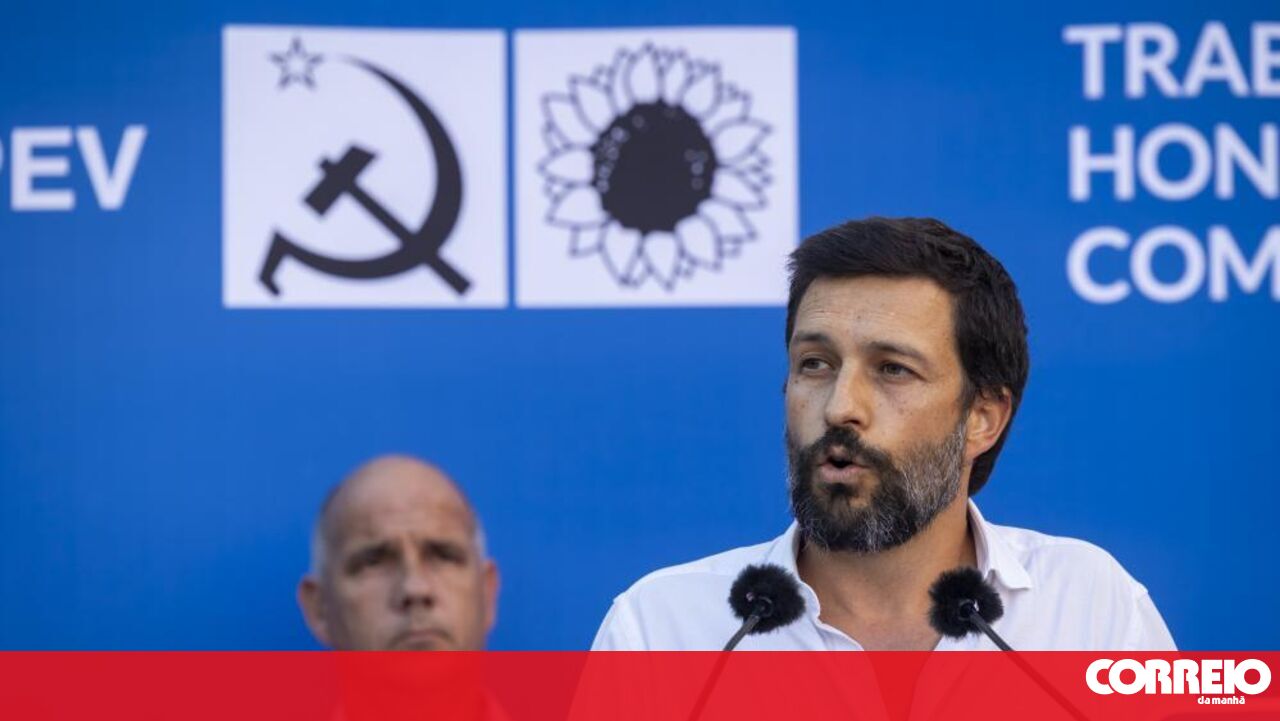


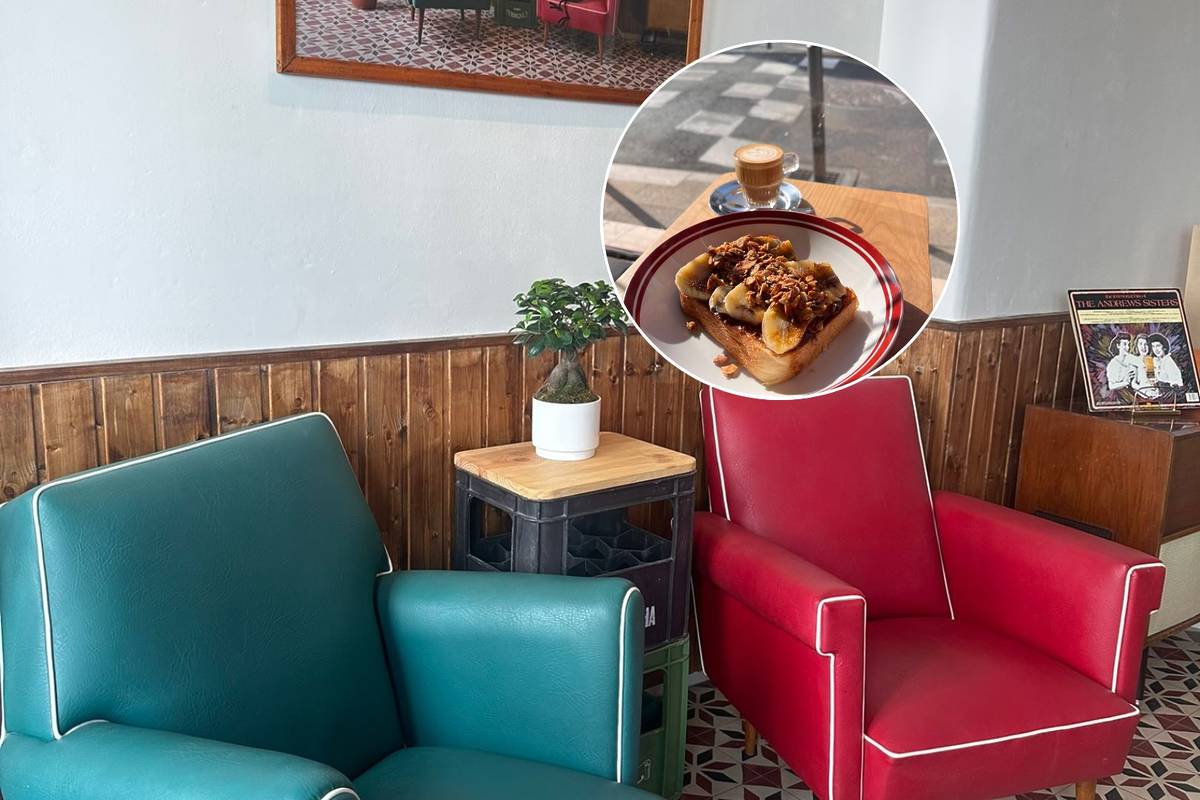
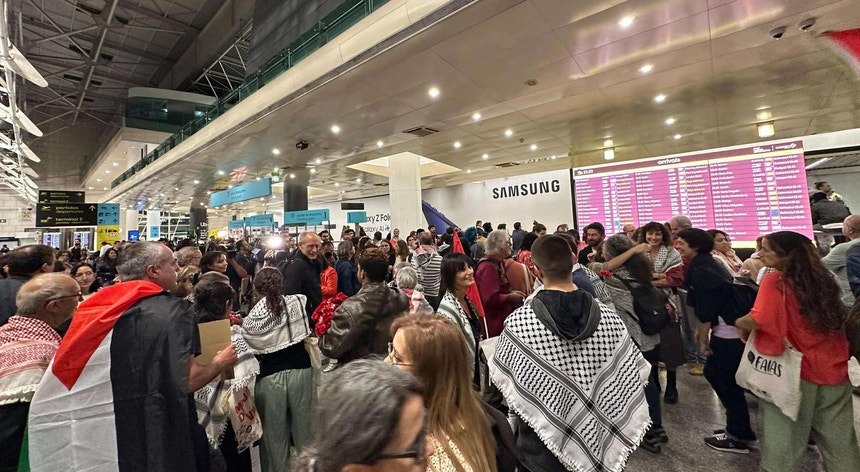



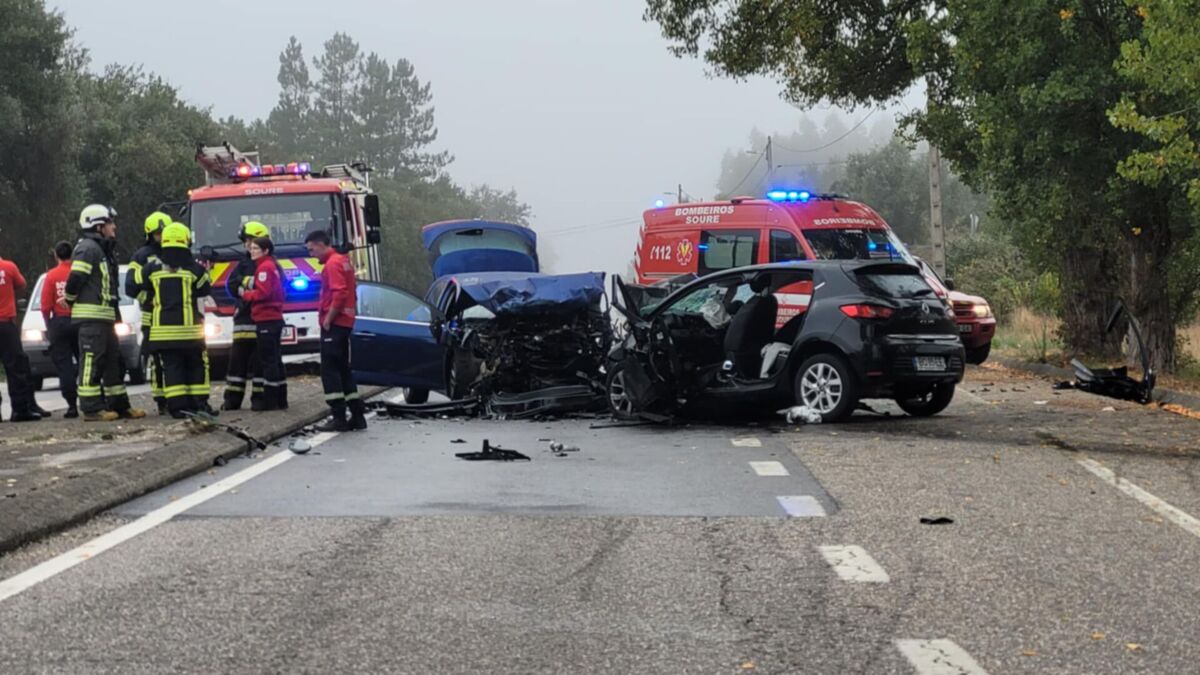

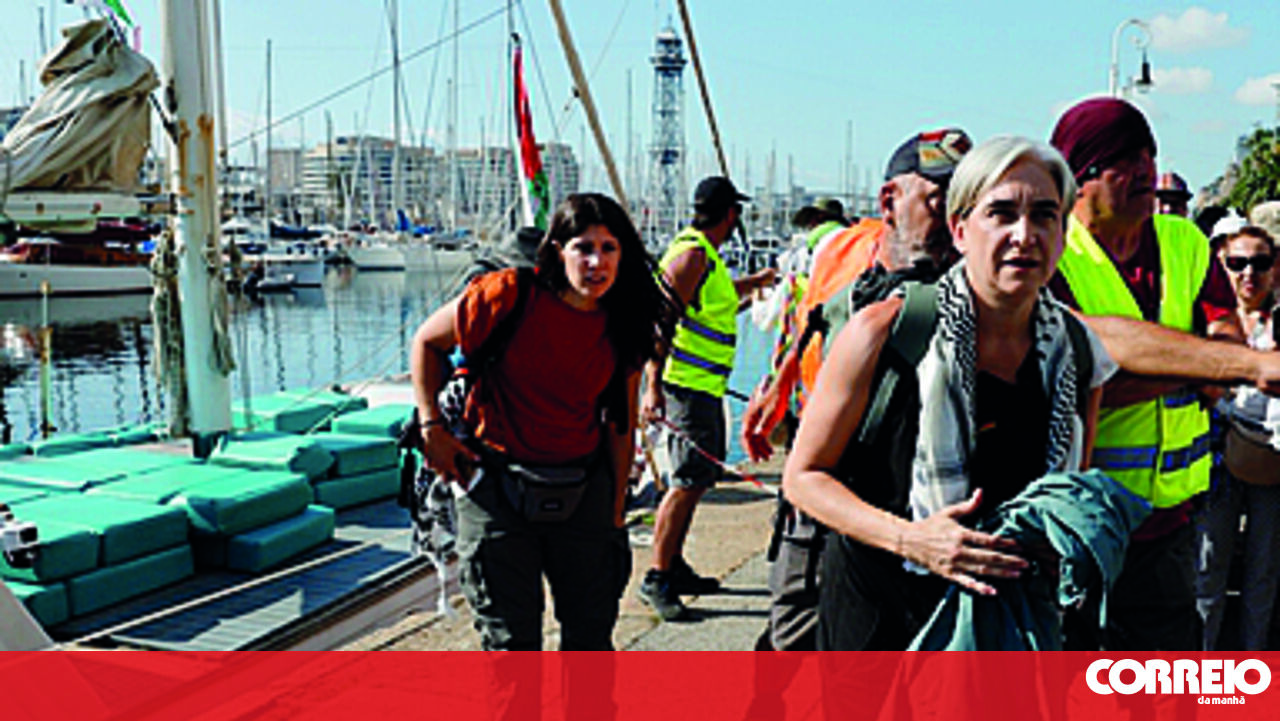
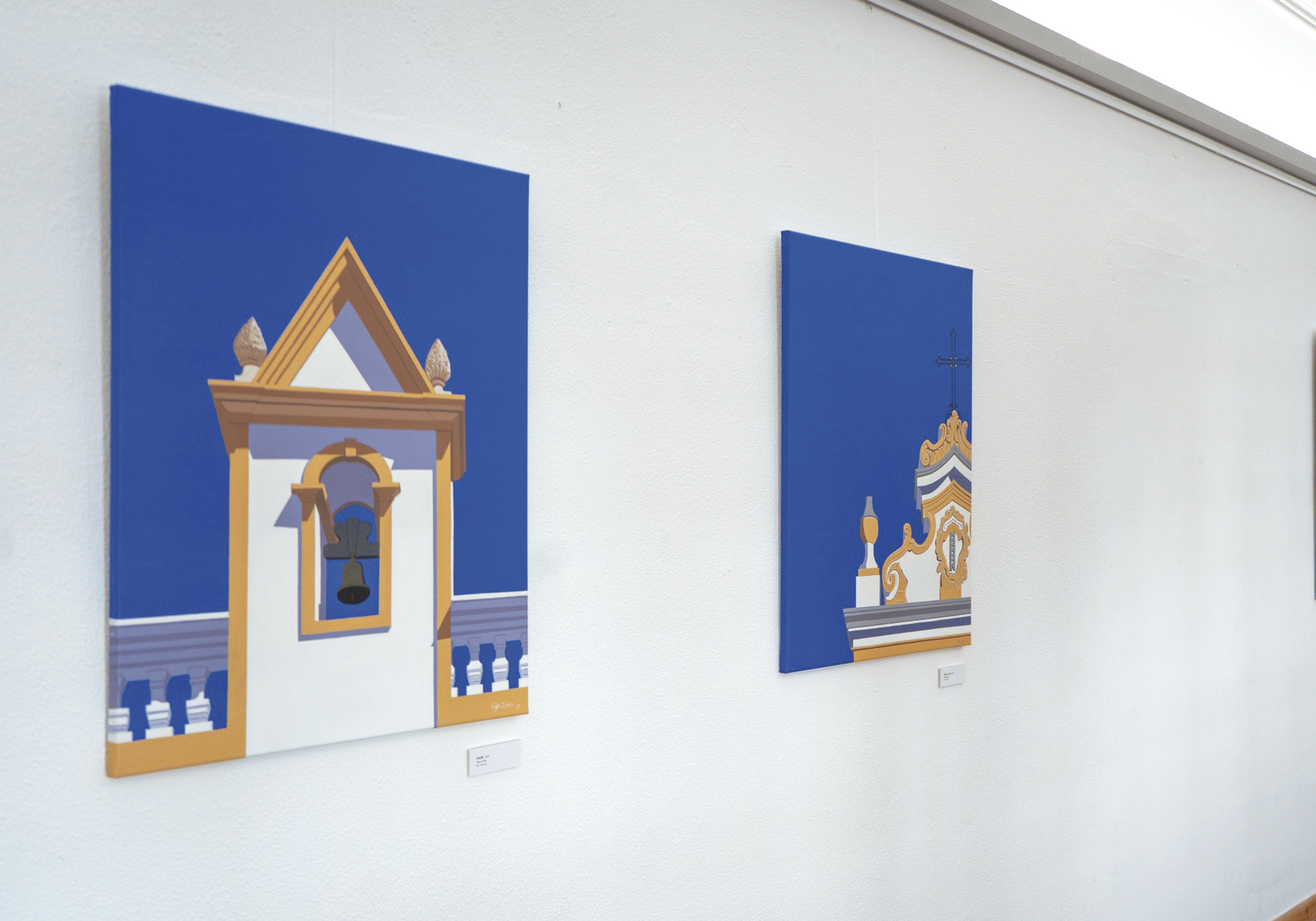
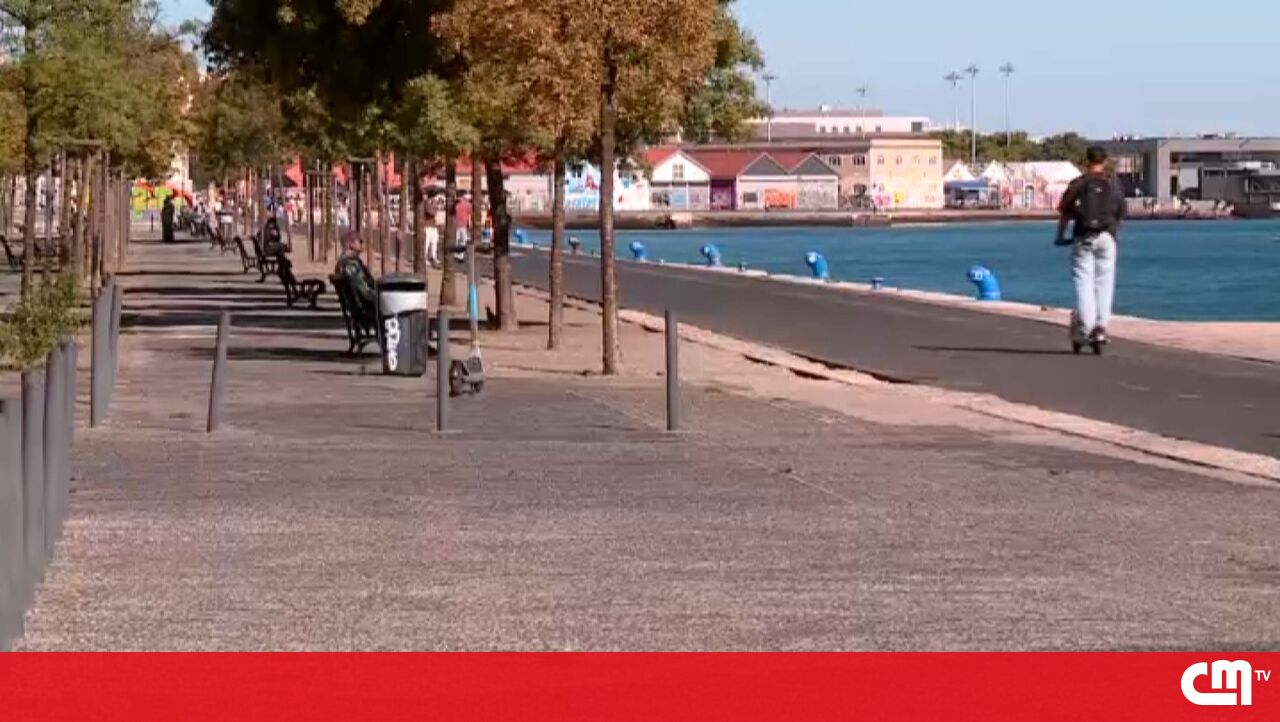
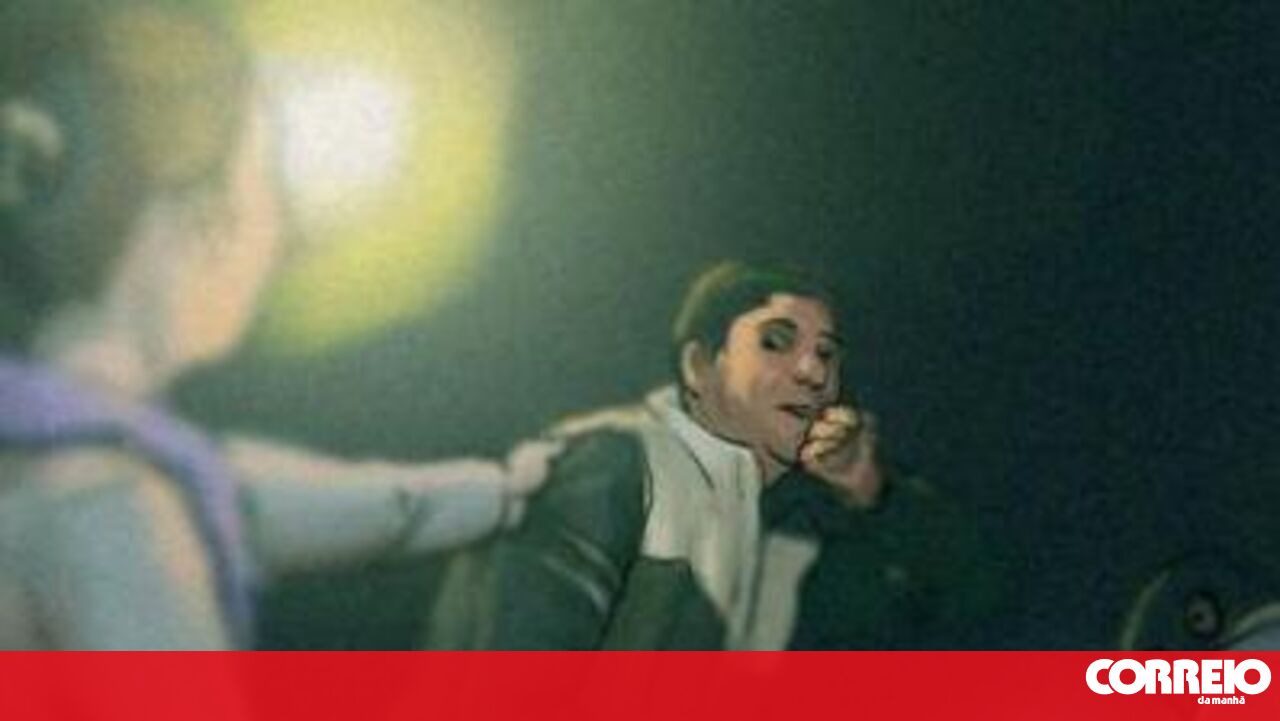
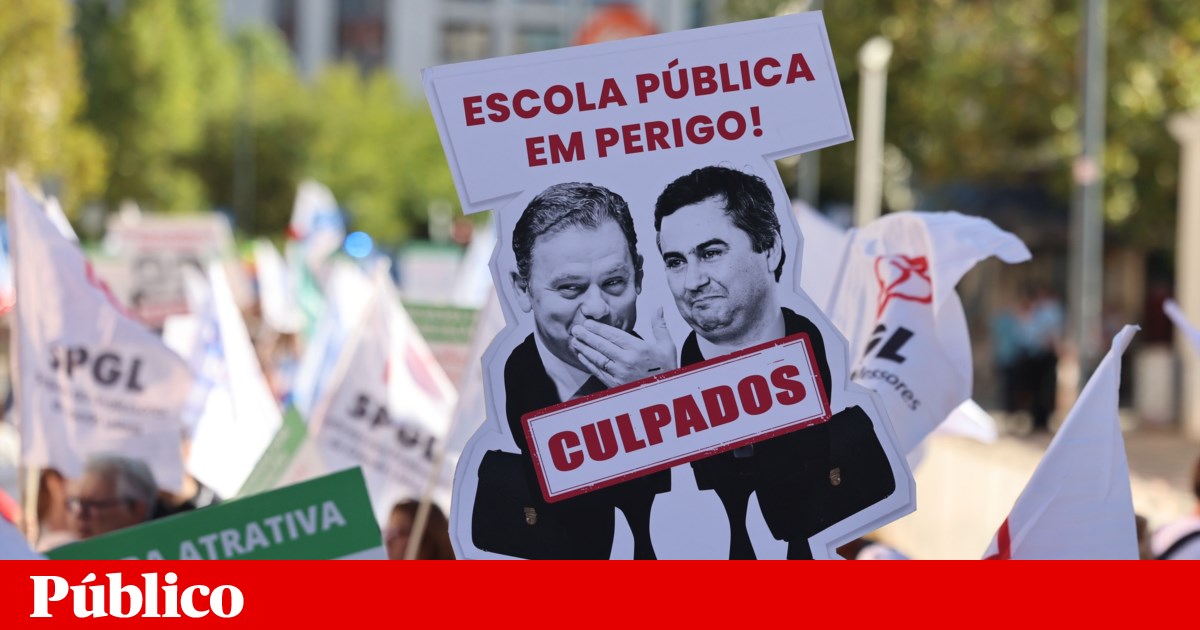
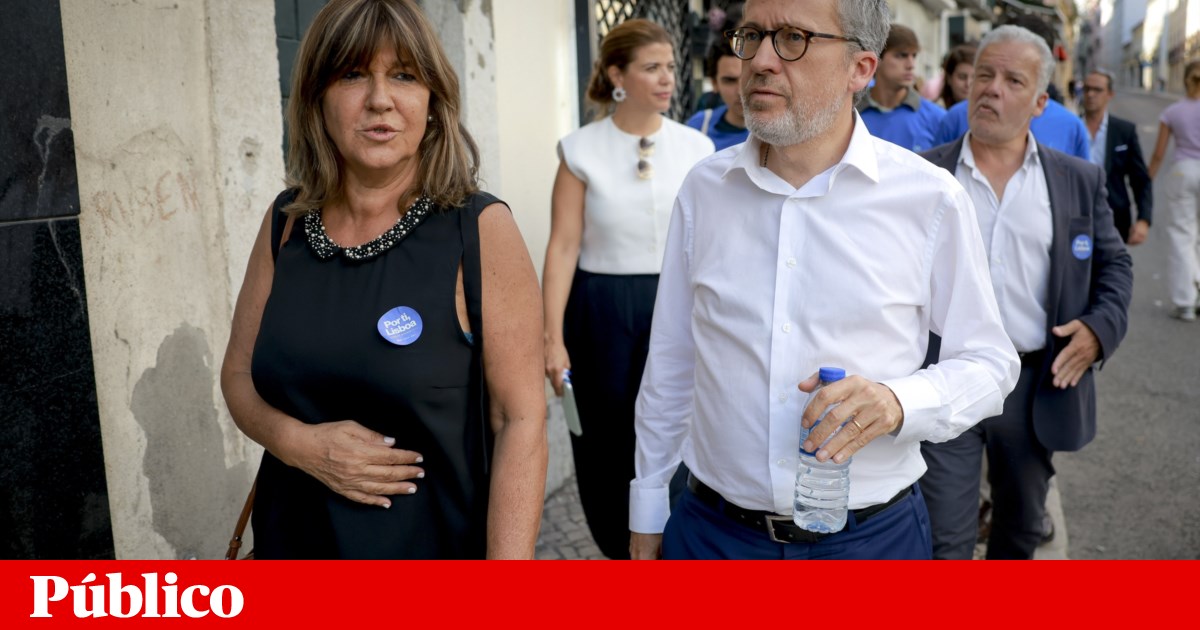
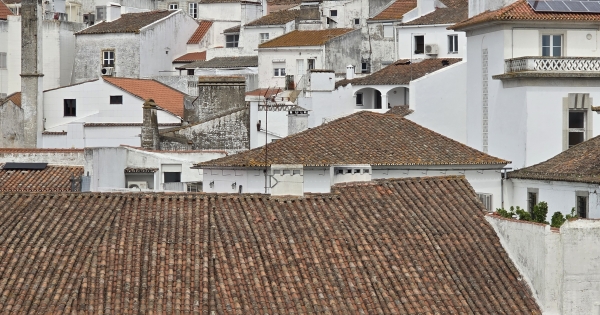
Comments
Join Our Community
Sign up to share your thoughts, engage with others, and become part of our growing community.
No comments yet
Be the first to share your thoughts and start the conversation!